Researchers create an artificial array of magnetic cilia that could contribute to advancing the capabilities of soft robotics.
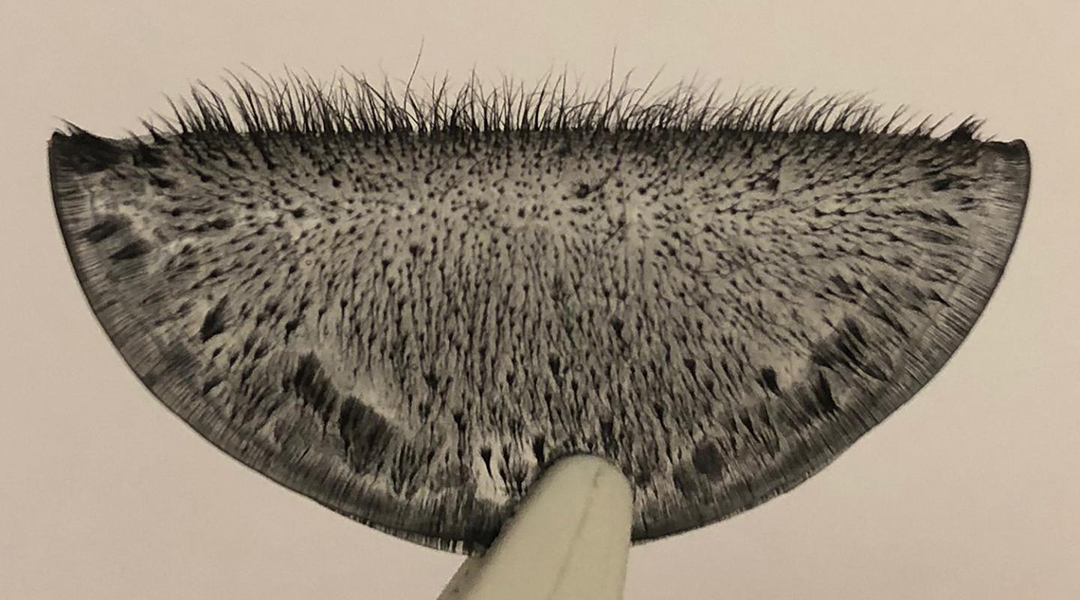

Researchers create an artificial array of magnetic cilia that could contribute to advancing the capabilities of soft robotics.
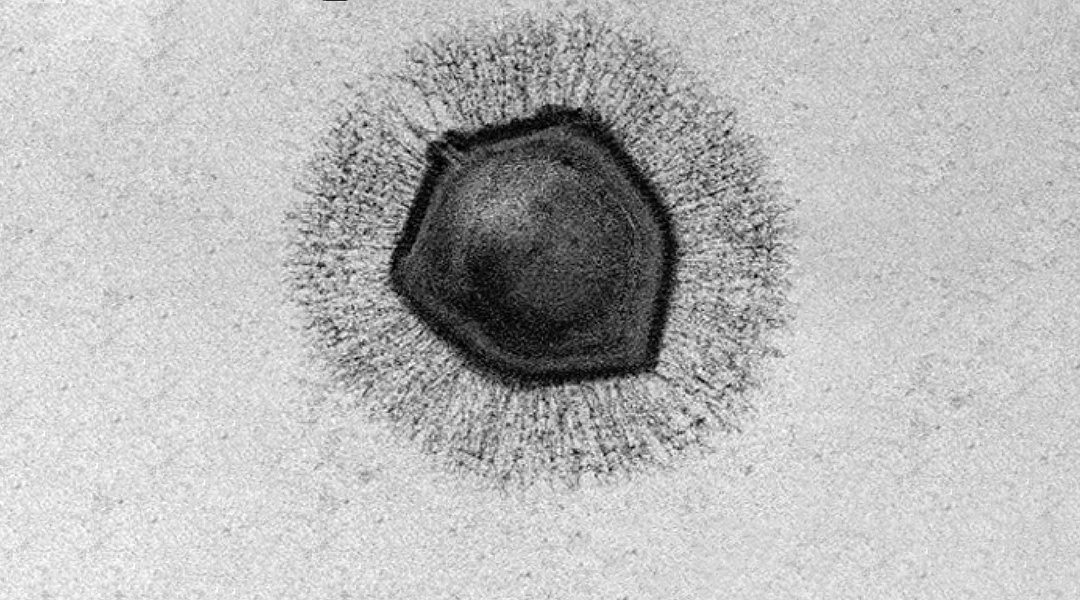
New imaging technique sheds light on the mysterious life cycle of giant viruses.
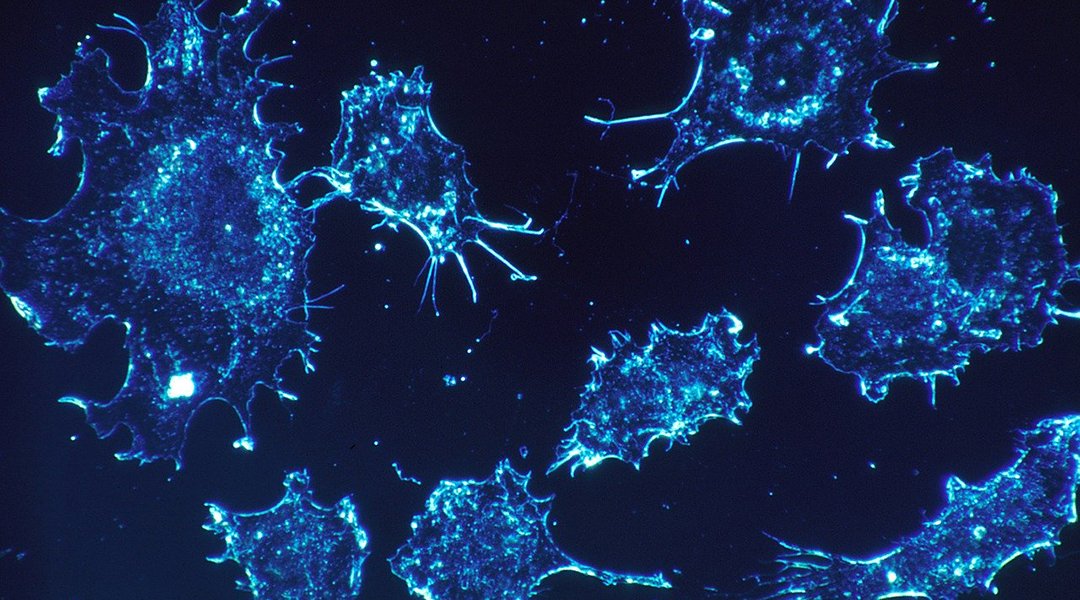
Scientists are finding safer ways to keep drug-loaded microrobots attached to cancer tissue.

Imagine how these two planes – the world of machines and the world of human systems – will work synergistically to realize the potential of new materials and the systems into which they will be integrated.
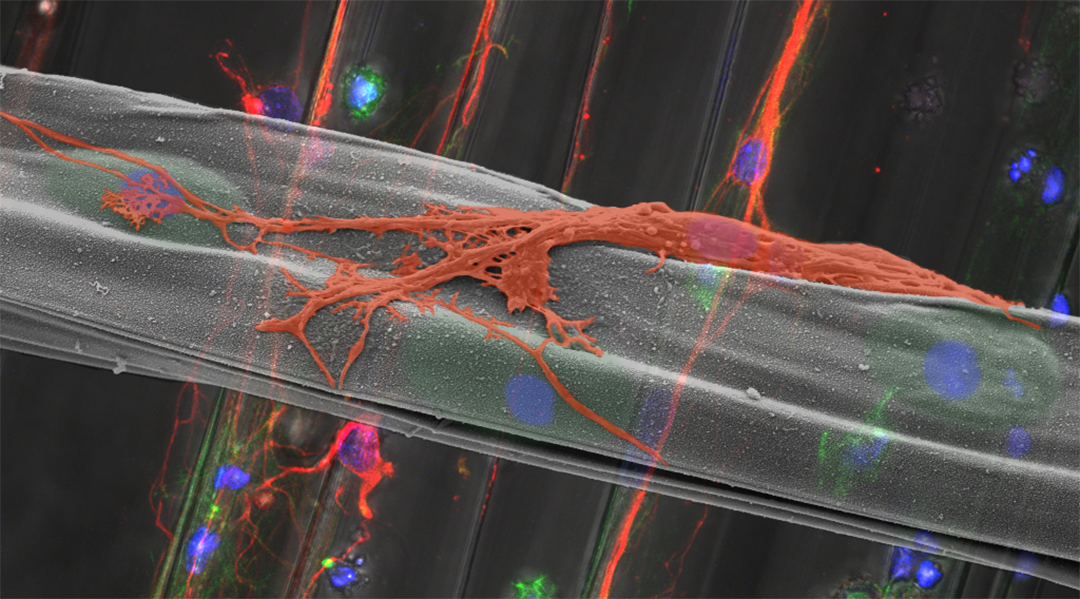
Advanced Science News takes a look at some of the prettiest pictures researchers published in March 2020.

Researchers use the ancient art of Kirigami folding to create flexible electronic devices from paper and diversify the applications of next-generation sensors, robots, and diagnostic devices.

Archimedean spirals for flexible heat actuator-sensor devices.

Will artificial intelligence expand and enhance its teaching prowess to the point where it can replace the professor in his or her traditional role?
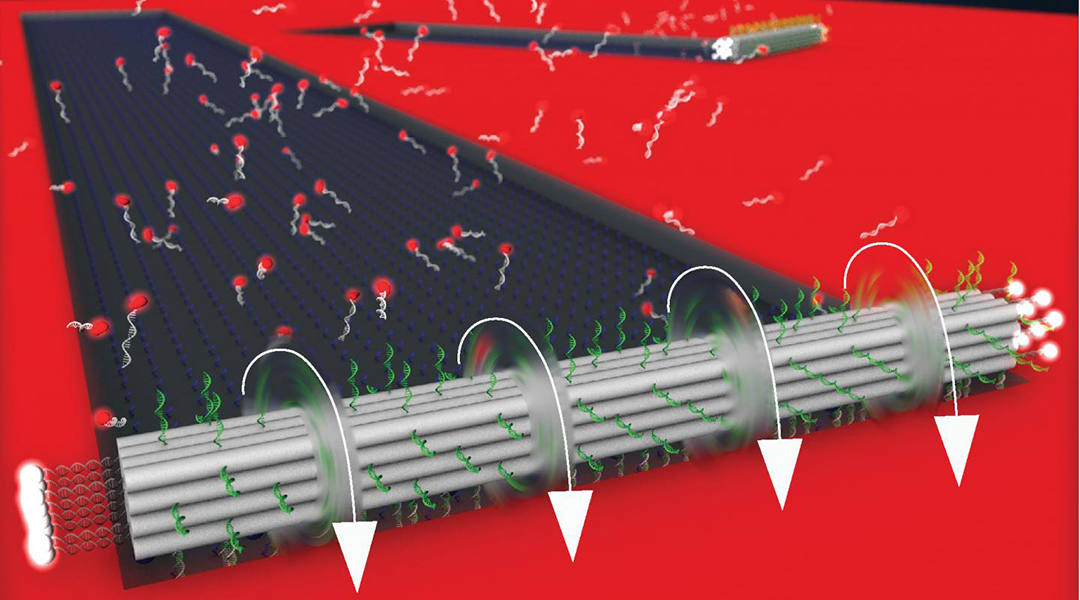
Scientists pave way for nanobots to one day diagnose and treat disease with the first DNA-based motor to run on chemical energy.
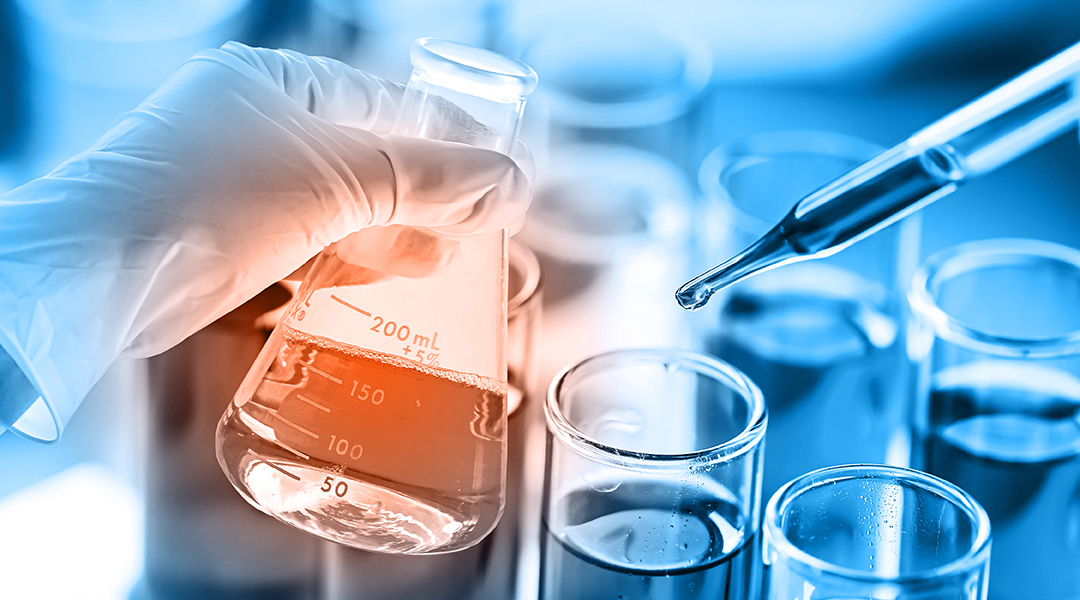
An automated microfluidics‐based reaction system provides hands-off synthesis for the modern lab.